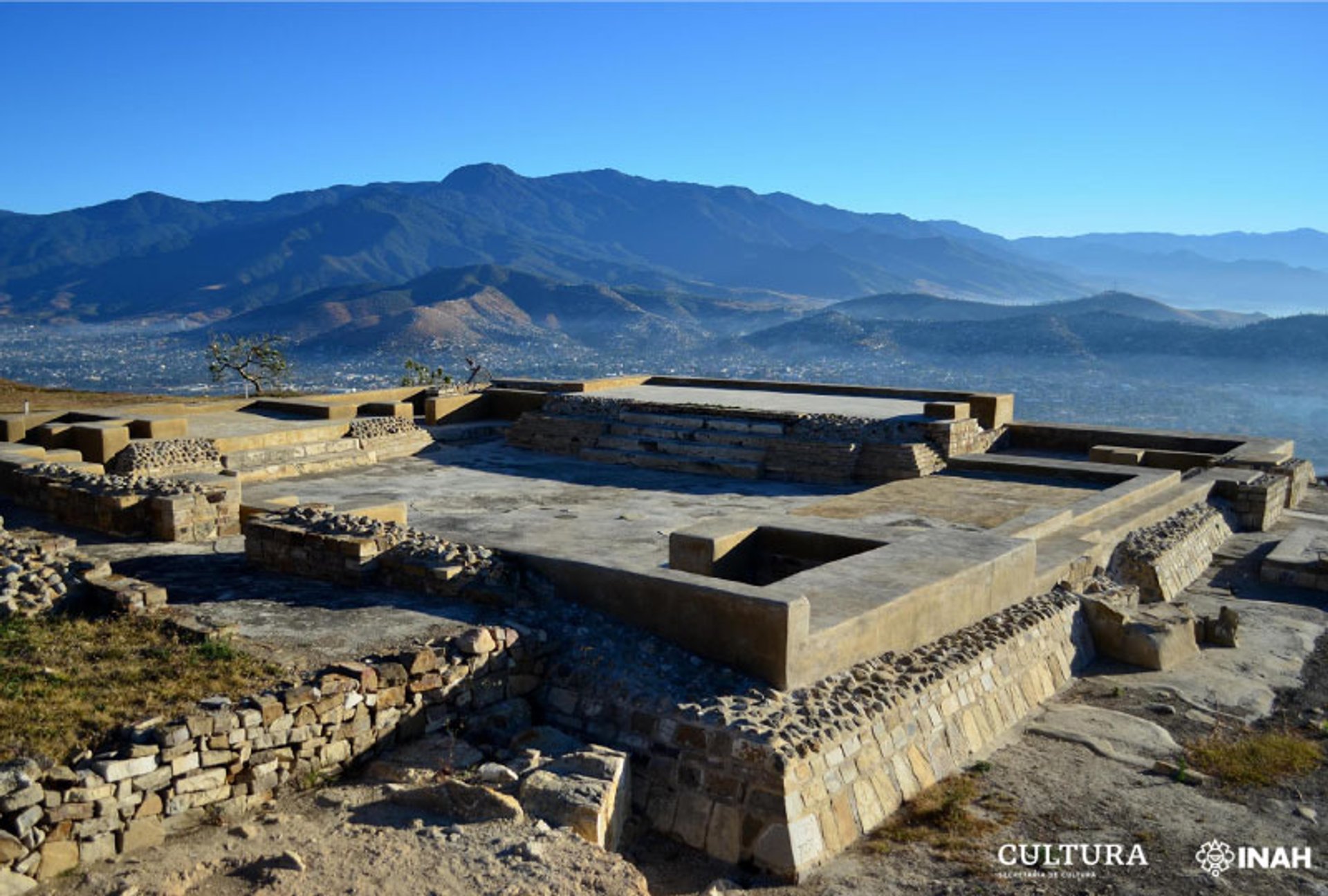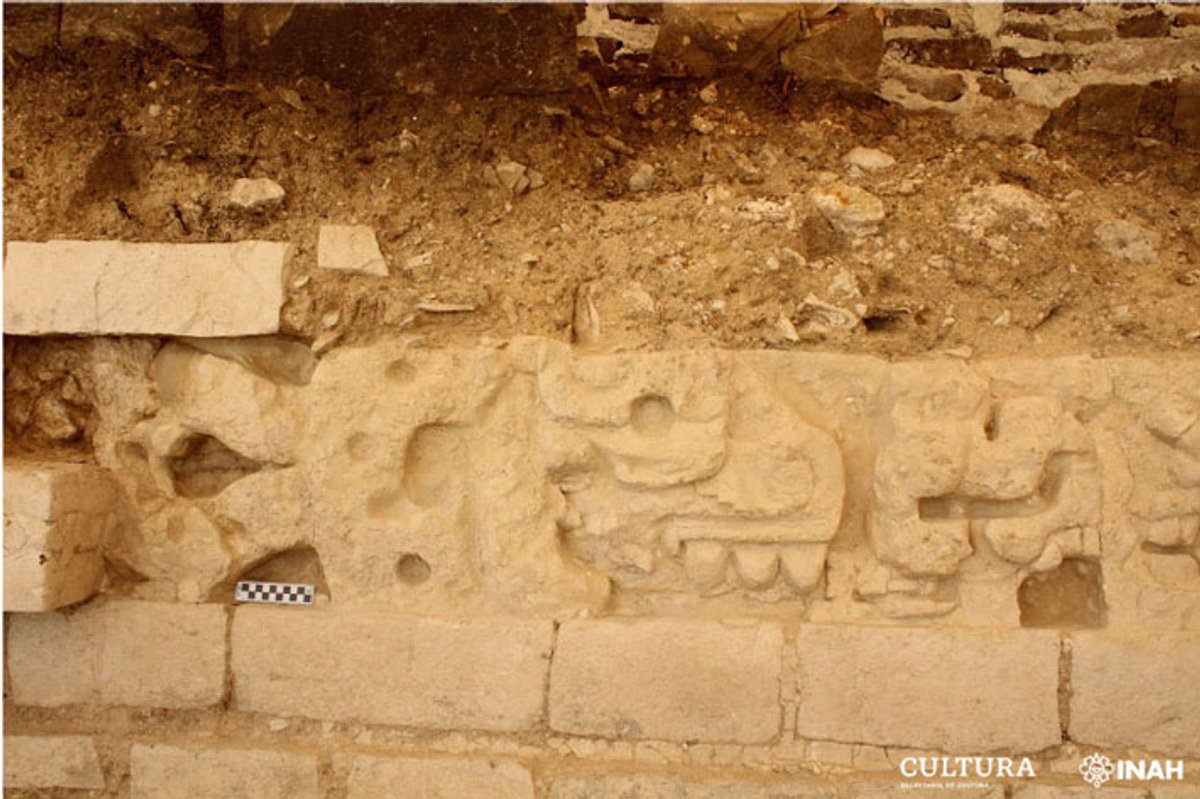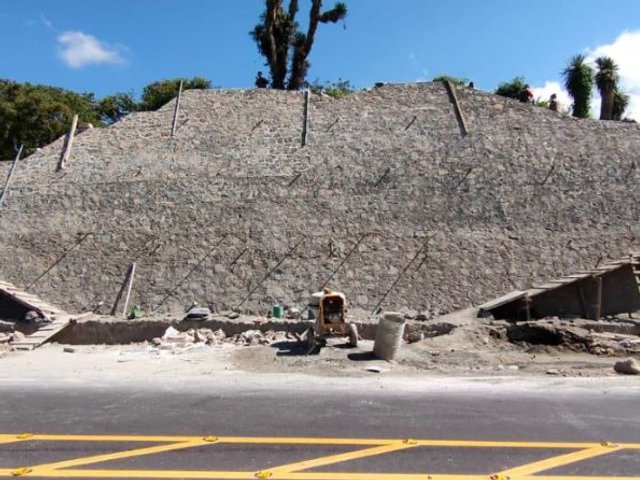Archeologists from Mexico’s National Institute of Anthropology and History have interpreted the glyphs of an ancient frieze excavated in Oaxaca that offers significant insight into the cultural norms of the Zapotec and Mixtec cultures.
The limestone and stucco frieze was discovered in 2018 in the Atzompa zone of the Monte Albán archaeological region, a Unesco World Heritage Site built in the sixth century BCE that was inhabited in succession by the Olmec, Zapotec and Mixtec people before the Spanish conquest.
The glyphs primarily allude to themes related to superstition and social hierarchies, including figurines of monkeys, jaguars and supernatural protective figures, and representations of the quincunx, a geometric design that alludes to the four directions and to the centre of the universe, and the quetzal bird, a Mayan and Aztec symbol of nobility or wealth.
The 15m-long frieze, which is dated between 650CE and 850CE, is thought to have originally measured around 30m in length. It adorned the main façade of a structure—most likely a residence—known as Casa del Sur (House of the South), where it would have been visible to a bustling ceremonial plaza, communicating political or economic eminence.

National Institute of Anthropology and History
Archeologists believe the frieze was partially destroyed by Zapotecs who had vacated the space, based on the discovery of funerary urn fragments at the site. The effigies are believed to have been sacrificial offerings that were “perhaps made with the intention of demystifying the space”, according to Nelly Robles García, the national coordinator of archeology for the cultural heritage institution.
She adds: “Materials such as limestone and stucco require a high degree of specialisation for their handling and restoration. The frieze should be considered one of the most important artefacts among the institution’s conservation priorities.”
Monte Albán contains sprawling plazas and truncated pyramids influenced by the Teotihuacán architectural style, as well as complex underground passageways, a tlachtli ball court and nearly 200 elaborate lineage tombs. It was inhabited by the Mixtec at the time of Spanish colonisation in the 16th century. Archeological research in the area is ongoing.






